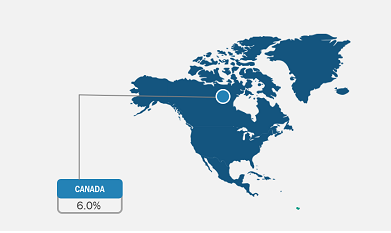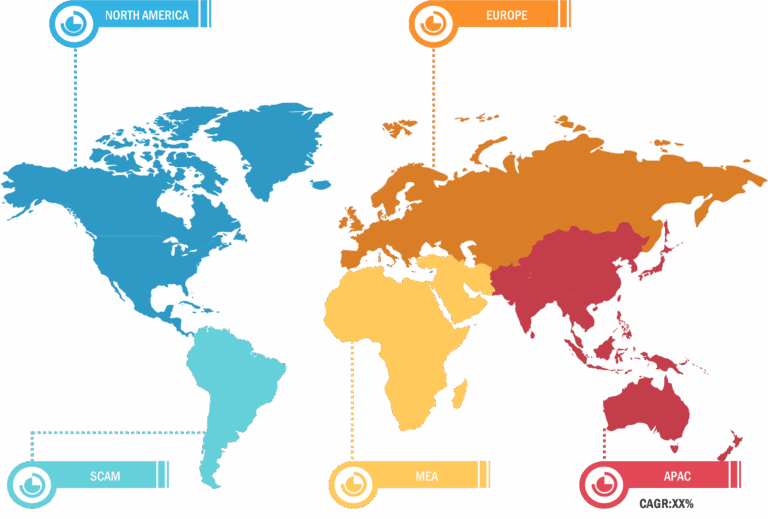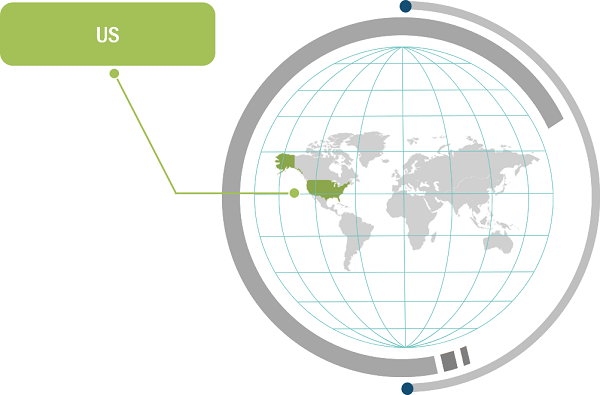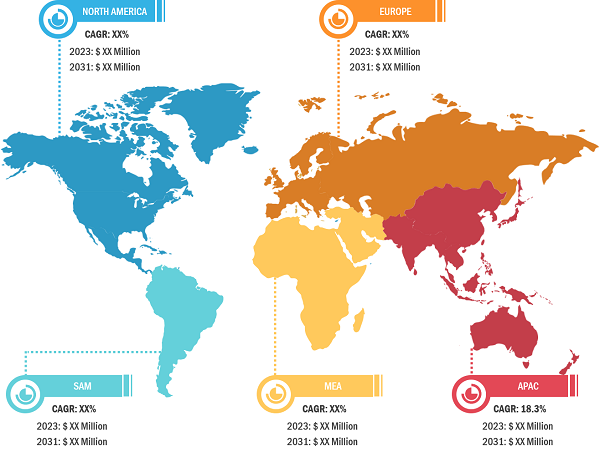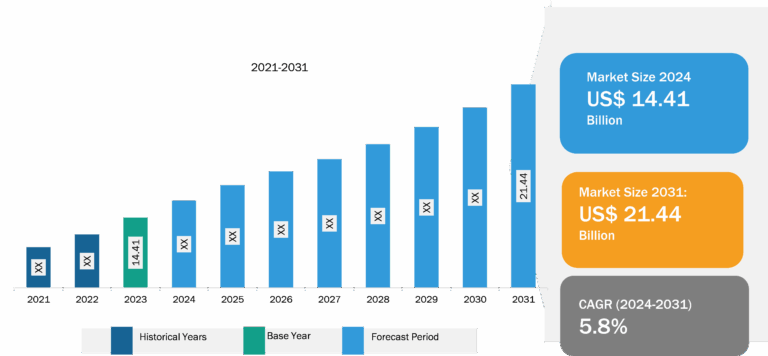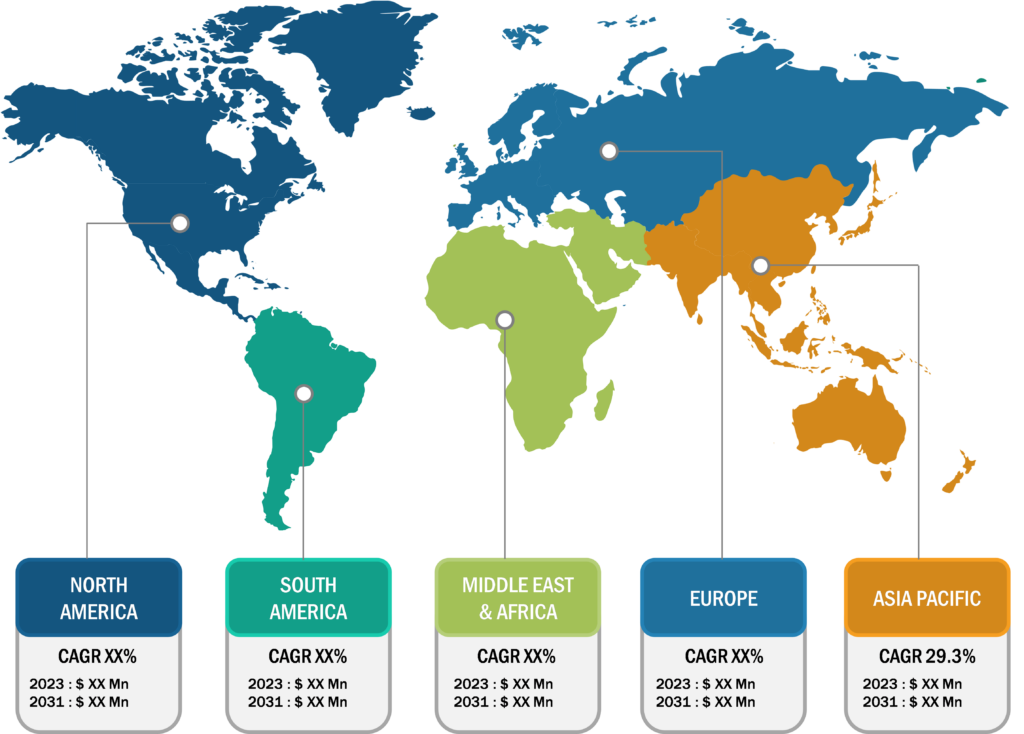
Cell and Gene Therapy Market
The increase in the number of approvals of cell and gene therapies and the rapid popularity of outsourcing cell and gene therapy manufacturing are among the prominent factors driving the cell and gene therapy market. However, the high cost of cell and gene therapy manufacturing is hampering the growth of the market.
Automation of Cell and Gene Therapy Manufacturing Services Expected to Bring New Cell and Gene Therapy Market Trends During Forecast Period
Incorporating automation in cell and gene therapy manufacturing can lead to a reduced risk of contamination, improved consistency, and decreased cost of production. Lonza Cocoon and the CliniMACS Prodigy system from Miltenyi are a few of the devices designed to boost the automation of most sequential unit operations for a CAR-T process within a single system. With the rise in demand for cell and gene therapies, the production of cell and gene therapy products has shifted from a small-volume process to a large-volume process worldwide. In addition to the increasing research activities, the evolution of cell and gene therapy from an academic and clinical setting to commercialization has propelled the demand for automation in commercial manufacturing.

In May 2024, Ori Biotech launched the IRO platform, an automated manufacturing platform. It is a piece of manufacturing tech designed to be space- and cost-efficient. The company claims its tech provides enhanced flexibility that helps transition between projects at various stages of development. Further, government agencies are adopting automation in the manufacturing of cell therapies to increase national production capabilities. For instance, as of March 2023, the UK Stem Cell Bank of the Medicines and Healthcare Products Regulatory Agency (MHRA) was testing automated robotic technology for developing stem cell technology for the manufacturing of stem cell-based therapies. Thus, automation of cell and gene therapy manufacturing services is expected to bring new trends in the cell and gene therapy market in the coming years.
Based on geography, the cell and gene therapy market is segmented into North America (US, Canada, and Mexico), Europe (Spain, UK, Germany, France, Italy, and Rest of Europe), Asia Pacific (South Korea, China, India, Japan, Australia, and Rest of Asia Pacific), the Middle East & Africa (South Africa, Saudi Arabia, UAE, and Rest of Middle East & Africa), and South & Central America (Brazil, Argentina, and Rest of South & Central America).
The US held the largest share of the market in North America in 2023. The cell and gene therapies market growth in the US is attributed to the growing adoption of cell therapies such as stem cell, gene, and immune therapies. The growing incidences of genetic and cellular disorders are leading to increasing demand for cell therapies. According to the American Society of Gene & Cell Therapy (ASGCT), there are currently 3,633 therapies in the pipeline—55% are gene, 22% are non-genetically modified cells, and 23% are RNA—from preclinical through pre-registration. These are focused on various diseases and conditions, varying from cancer to genetic disorders to neurological conditions. As of February 2024, 19 cell and gene therapy products have been approved in the US for treating cancer, eye diseases, and rare hereditary diseases. Also, the country is experiencing an increasing number of start-ups innovating cell therapies. In addition, growing support from the government is promoting the growth of cell therapies, influencing the development of the market. For instance, the American Society of Gene & Cell Therapy (ASGCT), a public organization, offers memberships to scientists, physicians, professionals, and patient advocates who are engaged in gene and cell therapies. ASGCT aims to enhance knowledge, education, and awareness regarding the clinical application of cell and gene therapies.
The cell and gene therapy market is segmented on the basis of type, services, scale, service provider, and end user. The cell and gene therapy market, based on type, is segmented into bifurcated into cell therapy and gene therapy. The cell therapy segment held a larger market share in 2023. By services, the market is segmented into process development, cGMP manufacturing, regulatory services, and bioassay services. The process development segment held the largest share of the market in 2023. The cell and gene therapy market, by scale, the market is bifurcated into pre commercial/R and D manufacturing and commercial scale manufacturing. The pre commercial/R and D manufacturing segment held a larger share of the market in 2023. The cell and gene therapy market, by service provider, is divided into CDMOs and CMOs. The CDMOs segment held a larger share of the market in 2023. The cell and gene therapy market, by end user, is segmented into contract research organizations, pharmaceutical and biopharmaceutical companies, and academic and research institutes. The pharmaceutical and biopharmaceutical companies segment dominated the market in 2023.
Cell and Gene Therapy Market: Competitive Landscape and Key Developments
Thermo Fisher Scientific, Inc.; Merck KGaA; Charles River Laboratories; Cell and Gene Therapy Catapult; Lonza; WuXi AppTec; Takara Bio Inc.; Bristol Myers Squibb; FUJIFILM Holdings Corporation; F. Hoffmann-La Roche Ltd.; and Catalent Biologics are among the leading companies profiled in the cell and gene therapy market report. In addition, several other players have been studied and analyzed during the study to get a holistic view of the market and its ecosystem. These companies focus on geographic expansions and new product launches to meet the surging demand from consumers worldwide and increase their product range in specialty portfolios. Their global presence allows them to serve a large customer base, subsequently facilitating market expansion.

